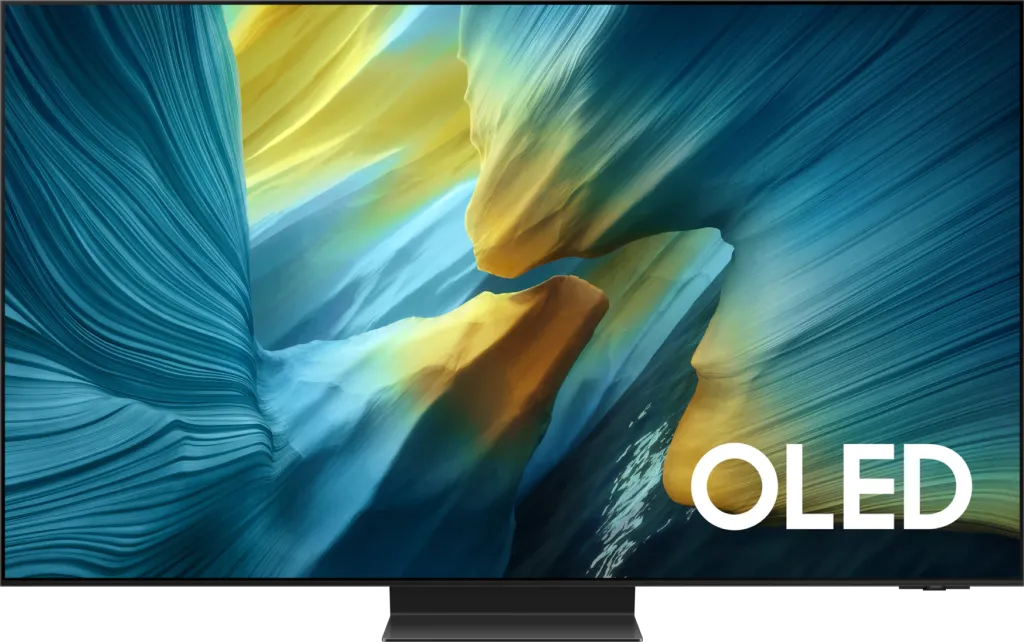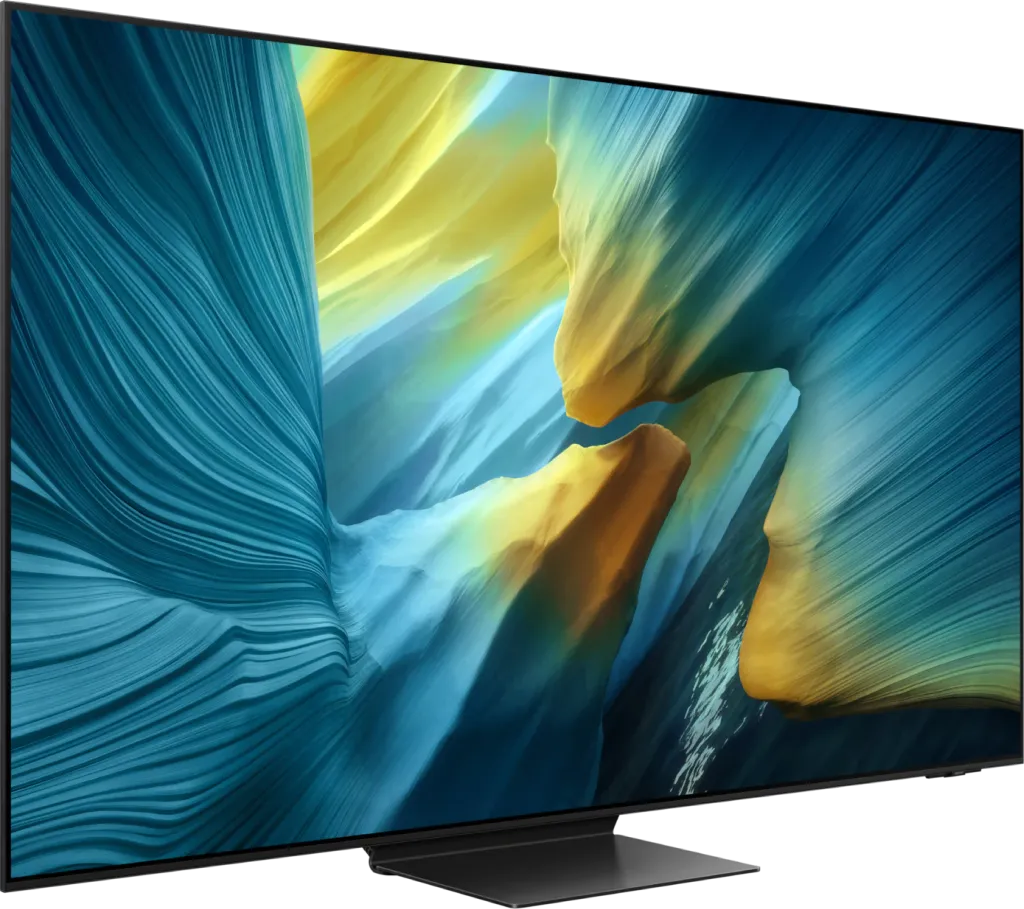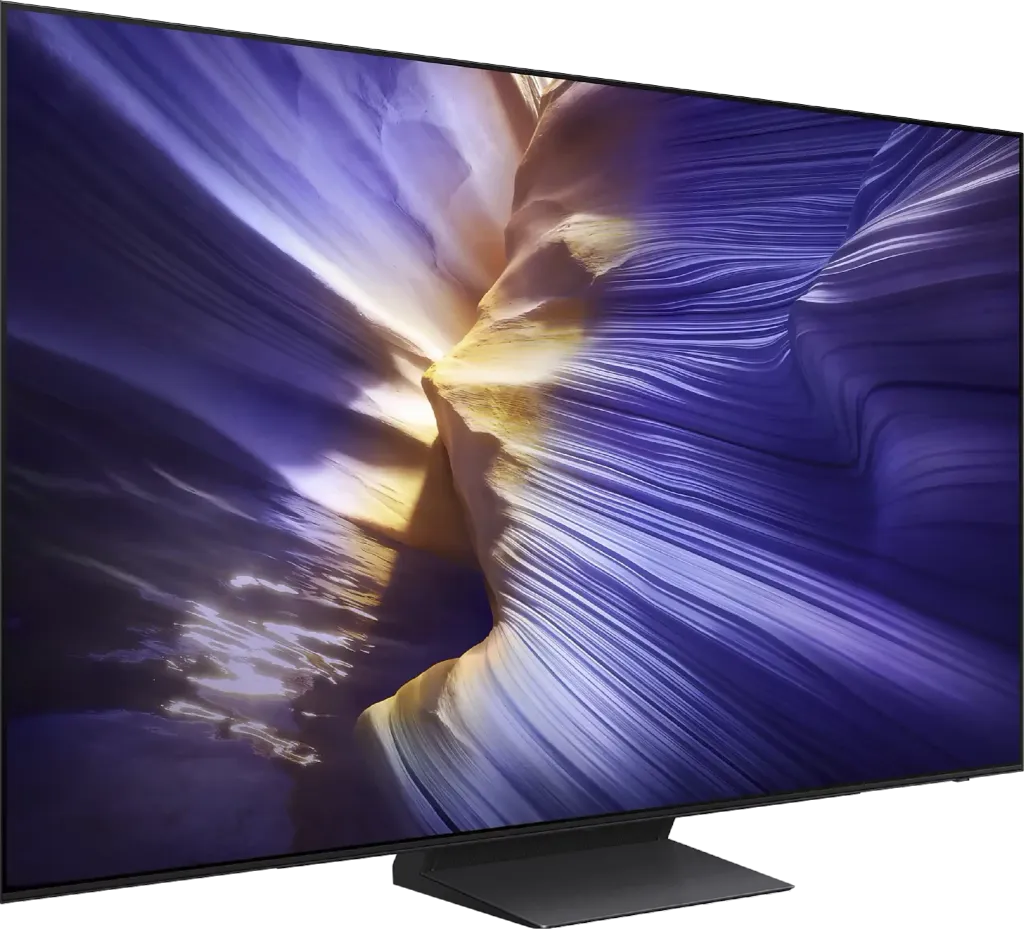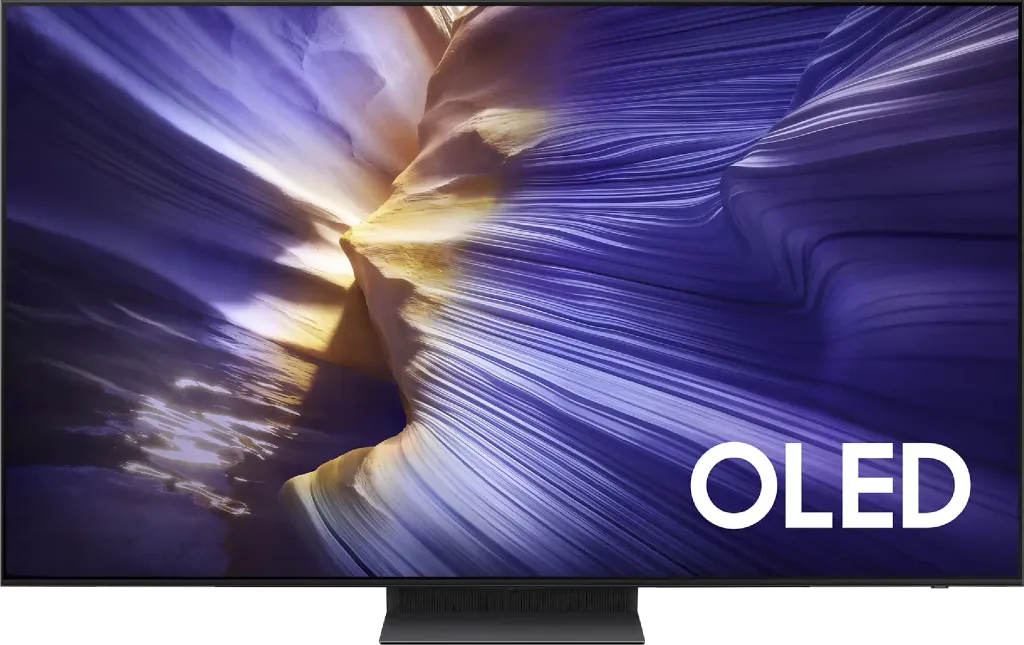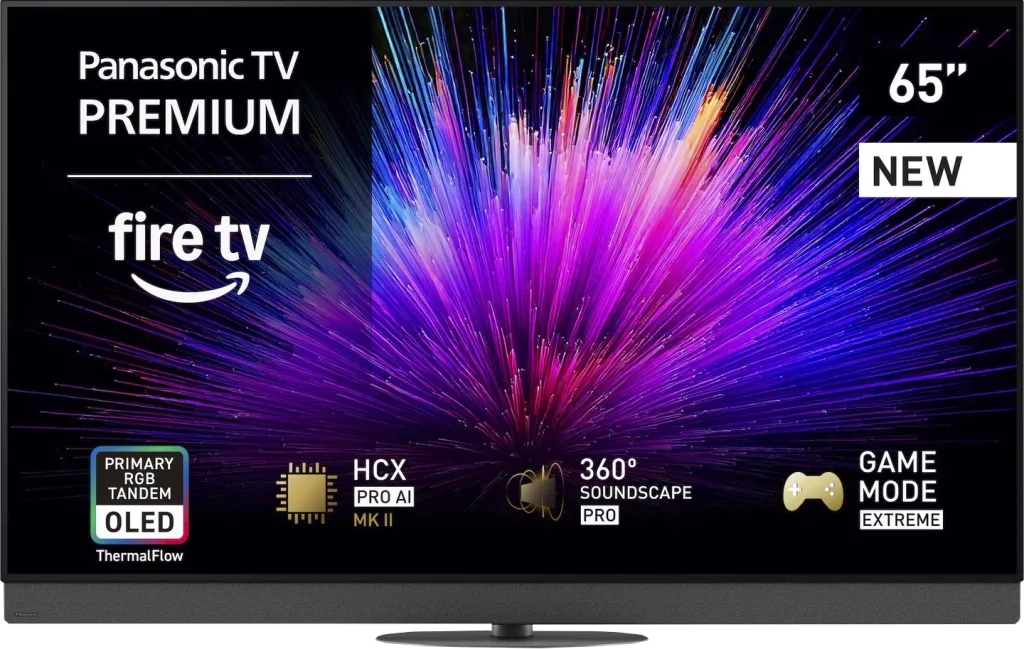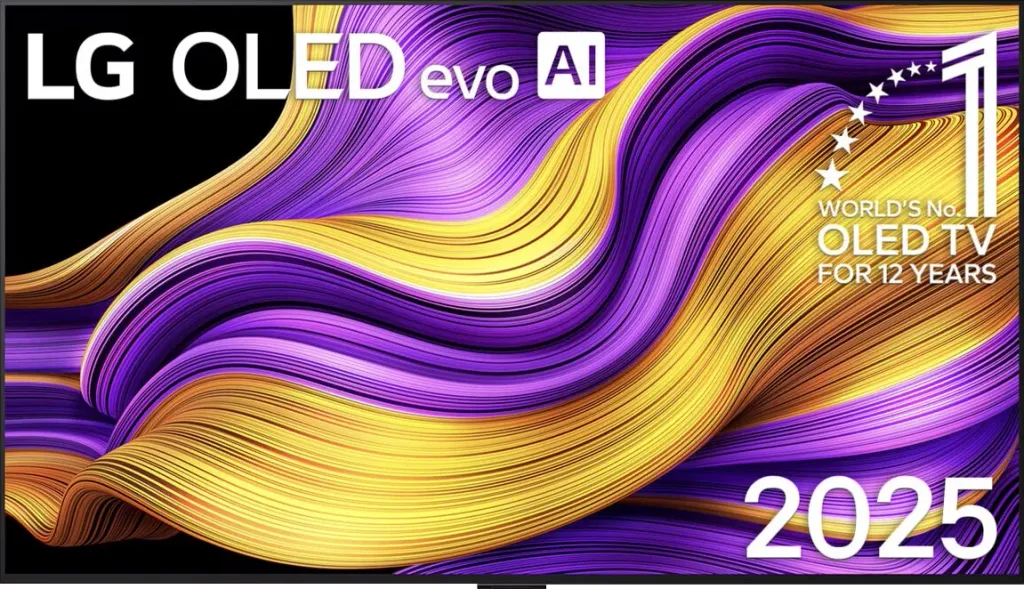Best TVs for gaming
Are you wondering which television to choose for gaming? If you play on PlayStation 5, Xbox Series X/S, or connect a PC, you definitely care about smooth visuals, low latency, and support for new features. In this overview, you will find televisions that offer the best gaming experiences! We have prepared a ranking based not only on specifications but also on our tests and opinions. This way, you can choose a television that fits your needs!
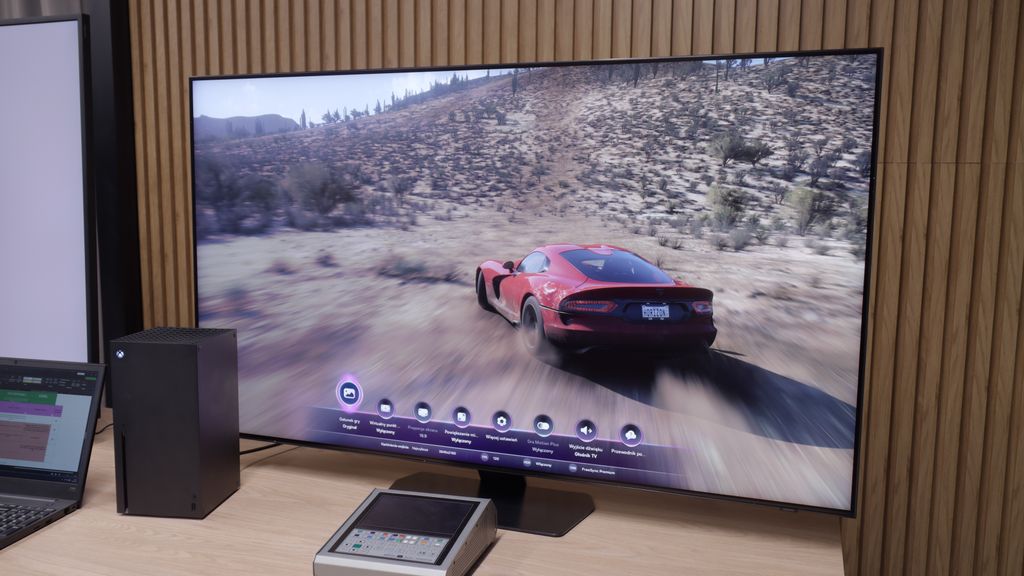
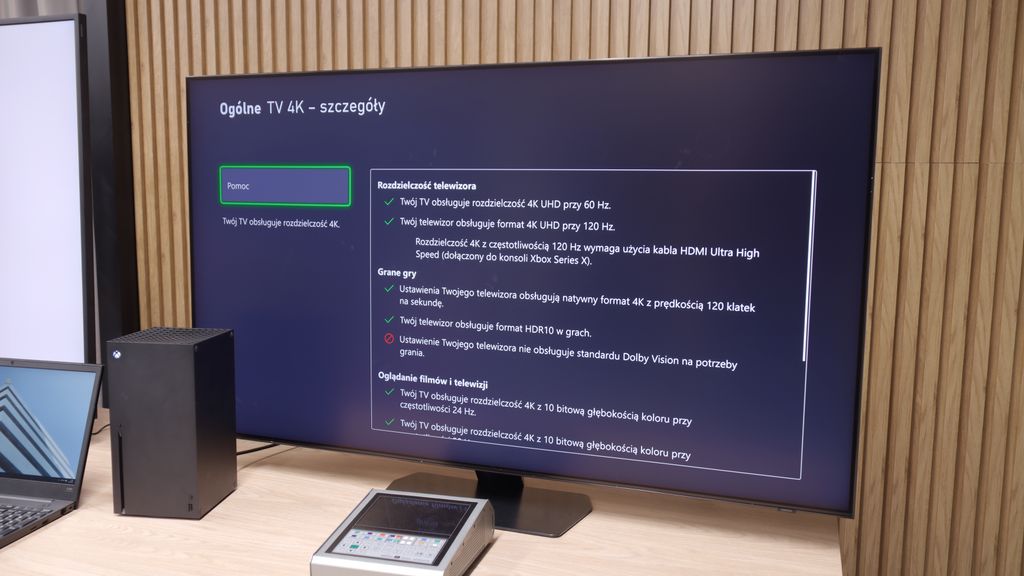
How is our ranking of the best TVs created? – methodology
We create a ranking of gaming TVs based on measurements and practical tests. The most important elements are:
Support for 4K at 120 Hz – the foundation for next-generation consoles.
HDMI 2.1, VRR, and ALLM – variable refresh rate and automatic game mode.
Input lag.
HGIG – assists in matching the brightness of the TV to the console.
Support for lower resolutions (1080p, 1440p) at 120Hz – important for PC gamers and those using older consoles.
etc.
Each of these elements has its weight, and the total gives a weighted average, which constitutes the final assessment of the TV for gaming. Rating scale – weights and example.
Example of TV assessment for gamers and (percentage weights)
Criterion | Rating (1–10) | Weight ≈ (%) | ≈ Score Value |
|---|---|---|---|
Input lag | 9.9 | 35.5 | 35.2 |
Features for gamers | 9.5 | 24.0 | 22.8 |
Motion fluidity | 7.5 | 14.0 | 10.5 |
HDR effect quality | 6.0 | 10.0 | 6.0 |
Contrast | 6.5 | 9.0 | 5.8 |
Color reproduction in game mode (after calibration) | 8.5 | 5.0 | 4.2 |
Viewing angles | 3.5 | 2.5 | 0.8 |
Total/Rating | – | 100 | 85.3 |
Weighted average rating ≈ 8.5/10
Our ranking of the best gaming TVs is not just a list of models, but a real help in choosing equipment. We focus on what really matters when gaming: response speed, image fluidity, and support for features for next-generation consoles.
How do we check motion fluidity?
To assess this, we use the well-known TestUFO, where a characteristic little alien moves across the screen. Thanks to the camera and our own eyes, we can check whether its outline remains sharp and clear, or if there’s some trailing shadow that reveals motion blur issues. Such observations allow us to practically evaluate how well a television handles smooth motion display.
However, it is important to remember that the refresh rate alone does not provide a complete picture of a screen's capabilities. Yes, 120 Hz is the value we consider an absolute minimum, and which is sufficient for console users, while higher frequencies—144 or 240 Hz—are mainly aimed at PC gamers. However, it’s not just the numbers on paper that determine the final effect. The response time of the panel, or the speed at which individual pixels change their state, is equally important. This is where the difference comes in: two televisions with a refresh rate of 120 Hz can present motion in completely different ways. OLED, due to the immediate pixel response, offers a sharper image without motion blur than even a 240 Hz LCD, whose slower transitions between shades always leave a slight trace in motion.
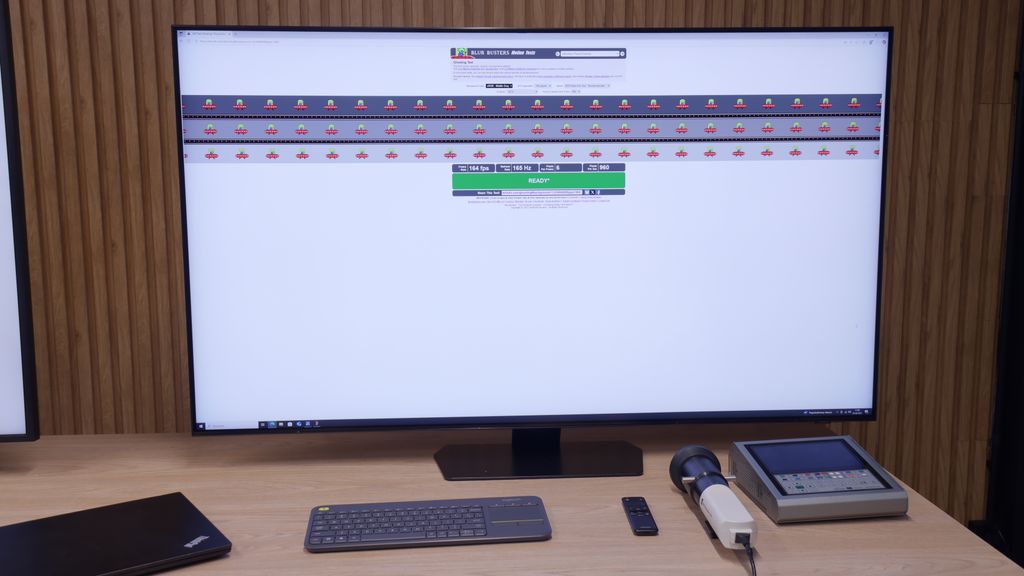
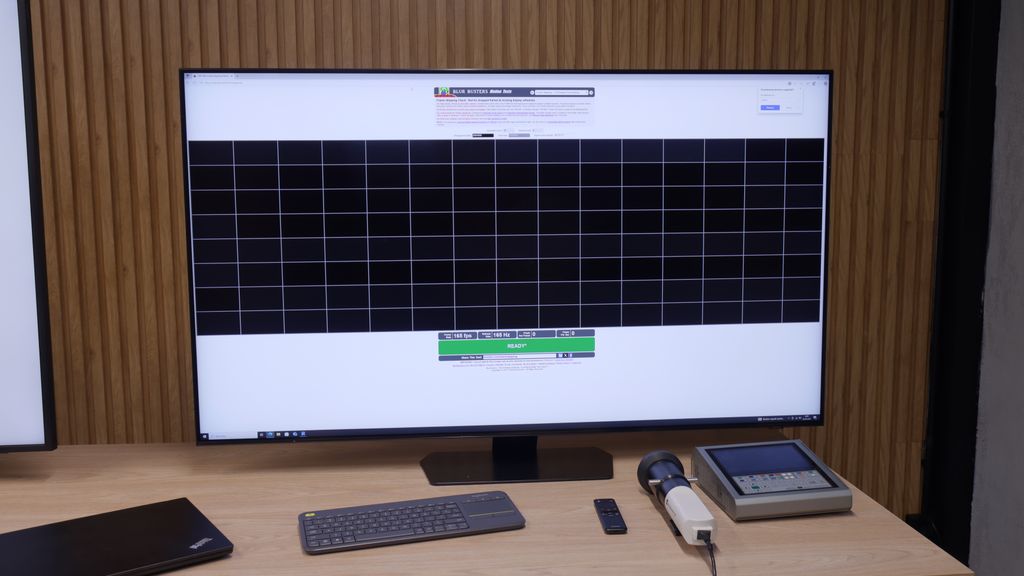
HDMI 2.1 – important, but with different faces
HDMI 2.1 has become a magical term when choosing a gaming television – without this connection, many gamers won't even look at the equipment. It's no wonder, as it paves the way for 4K at 120 frames, variable refresh rate (VRR), automatic low latency mode (ALLM), and better sound via eARC. But... this is where the proverbial stairs begin. The “HDMI 2.1” logo on the casing doesn’t always mean that the TV will actually provide the full range of previously mentioned capabilities. It happens that in cheaper models, the HDMI ports comply with the HDMI 2.1 standard, but the panel itself has a refresh rate of 60 Hz in 4K. And then one wonders – why do I need 2.1 if I won’t see my desired 120 frames? The answer is: because not only 4K matters. Most games, even on the latest consoles like PlayStation 5 or Xbox Series X, are not capable of running in 4K at 120 Hz due to very high requirements. However, at lower resolutions like 1440p or classic Full HD, it is absolutely possible. And this is where a very important thing comes into play: some televisions that are limited to 60 Hz in 4K can achieve a full 120 Hz in 1080p or 1440p. That’s why it’s not worth looking solely at the numbers in the specifications. A conscious choice involves checking how a given model performs in practice at various resolutions and modes.
Input lag – the line between comfort and irritation
Input lag is a parameter that doesn’t stand out in a store display, yet it determines whether gaming is a pleasure or a source of frustration. It’s the delay between pressing a button on the controller and the reaction on the screen. In calm adventure games, it can be ignored, but in online shooters or racing games, the difference between 10 and 40 ms becomes critical. The best gaming televisions achieve results in the range of 5–10 ms, making gaming resemble the experience of a computer monitor. It’s worth remembering that any additional "image enhancer," from motion smoothing to noise reduction, can increase that result several times over. Therefore, the game mode is more than just a marketing slogan: it’s a real advantage.
VRR and HGiG – technologies that make a difference
VRR, or variable refresh rate, is a feature that doesn’t stand out in the specifications, but in practice, it changes a lot. Thanks to it, the television adapts to the number of frames generated by the console, eliminating tearing and stuttering of the image. Gamers who reach for AAA productions will particularly appreciate this, where drops in smoothness occur even on the most powerful equipment. HGiG, on the other hand, is a standard developed jointly by console manufacturers and game creators, which facilitates the correct setup of HDR. The television adjusts brightness and contrast so that the image looks as envisioned by the creators, rather than requiring the player to guess which slider to move to a given level.
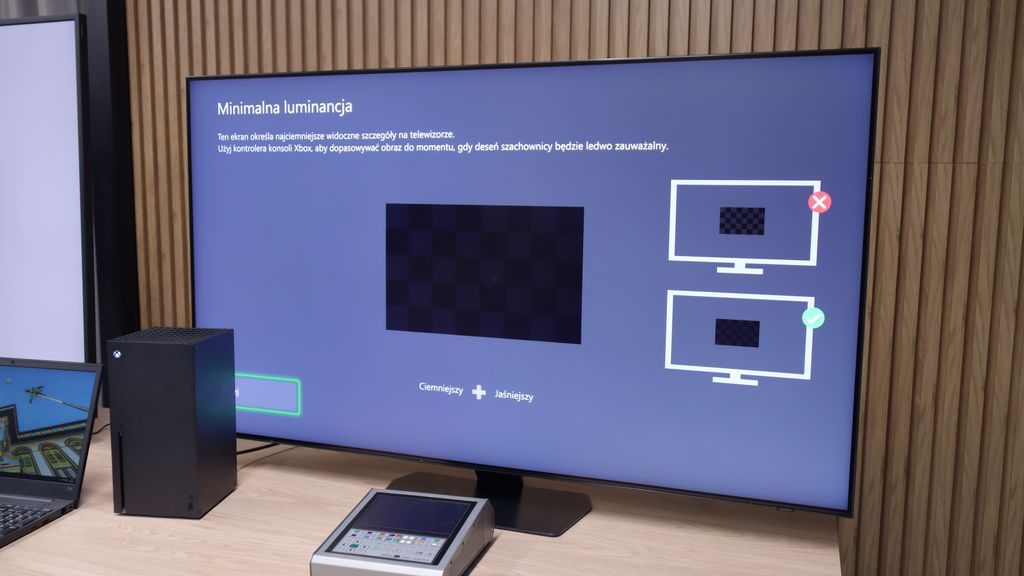
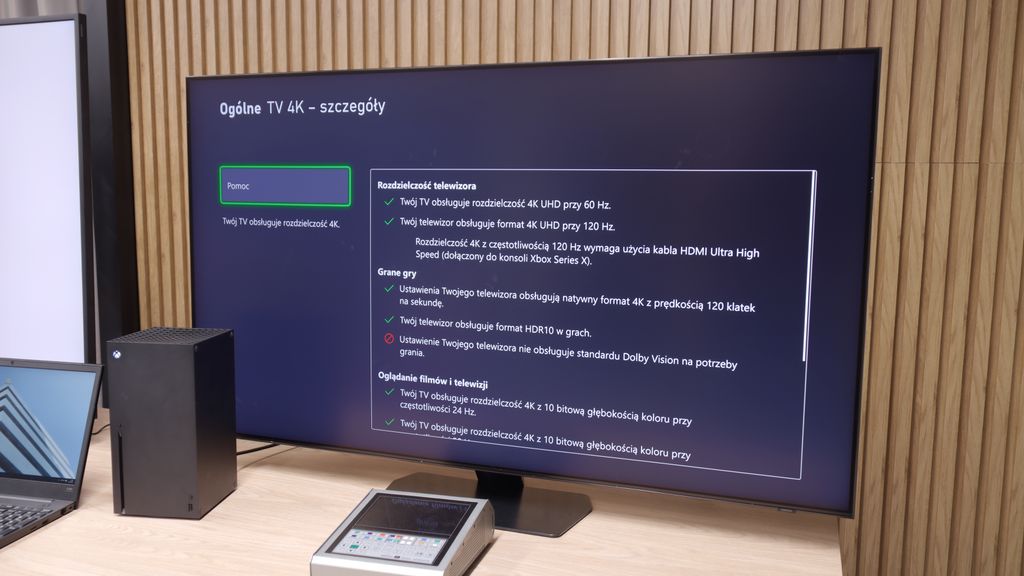
PS5 or Xbox Series X – Which console to choose? What do we test the TVs on?
The question of which console is better comes up regularly, and it's difficult to answer it in one sentence. When testing TVs for gaming, we mainly use the Xbox Series X. The reason is simple: it's the hardware that technically extracts the most from the TV. Here we have full support for HDMI 2.1, the ability to play in 4K at 120 frames, VRR and ALLM support, as well as Dolby Vision in games. The latter is simply not offered by the PlayStation 5. Therefore, Xbox provides us with a broader field for testing and allows us to check all the features that TV manufacturers advertise as "gaming."
However, this does not mean that we consider the Xbox a better console than the PS5. In practice, the choice of hardware for a gamer depends on what titles you want to play. PlayStation has been winning with exclusive productions for years, which build the entire identity of this platform. Xbox responds with greater technical compatibility, access to Game Pass, and features that are hard to find on the PS5. Each manufacturer emphasizes different strengths. That's why it's worth looking at consoles through the lens of your own expectations. If you're interested in the biggest single-player hits, the PS5 is likely to be your first choice. If you care about making the best use of your TV's capabilities and additional picture features, then the Xbox Series X will perform better. When testing TVs, we focus on the technical side. Which console will be more attractive to you is already a matter of games and which side of the barricade you feel better on.
Verdict:
The Samsung S95F is an excellent continuation and an improvement over last year's S95D model. Thanks to the QD-OLED panel, we get an image that delights from the first minutes of the viewing experience. The blacks are deep and natural, without signs of backlighting, and the brightness of the next-generation panel reaches levels that just recently seemed out of reach for OLEDs. These values are so ...
Rating
8.7/10

Movies and series in UHD quality
9.3
Classic TV, YouTube
9.3
Sports broadcasts (TV and apps)
8.9
Gaming on console
9.9
TV as a computer monitor
8.8
Watching in bright light
7.1
Utility functions
7.9
Apps
8.7
Sound quality
8.0
Buy this TV:
Verdict:
In the case of the 83-inch version, Samsung took a different path than with the smaller diagonals and opted for the Tandem WOLED panel produced by LG Display. This move initially raised questions, but in practice, it turned out to be a bullseye. We have here an exceptionally successful mix: absolutely reference black, excellent brightness allowing for enjoyment of HDR content even during the day, ...
Rating
8.7/10

Movies and series in UHD quality
9.0
Classic TV, YouTube
9.0
Sports broadcasts (TV and apps)
8.6
Gaming on console
9.8
TV as a computer monitor
8.8
Watching in bright light
7.7
Utility functions
7.9
Apps
8.7
Sound quality
8.0
Verdict:
The Samsung S95D stands out as a top choice in Samsung’s 2024 lineup, featuring an innovative matte display that minimises reflections and performs impressively in both low-light and daylight conditions. This model is among the brightest in the OLED segment, offering exceptional visibility in any room. With excellent motion fluidity, it handles fast-paced content like sports or gaming with precisi...
Rating
8.5/10
Movies and series in UHD quality
8.9
Classic TV, YouTube
9.2
Sports broadcasts (TV and apps)
8.9
Gaming on console
9.8
TV as a computer monitor
8.6
Watching in bright light
6.2
Utility functions
7.9
Apps
8.7
Sound quality
7.9
Buy this TV:
Verdict:
The 65-inch Samsung S90F is a television that demonstrates how significant a quality leap can come from the use of QD-OLED technology in a mid-range model. Among other variants, the S90F stands out as the best – it offers not only perfect black and infinite contrast like other models with WOLED panels but also noticeably higher brightness and a wider color gamut. This translates into more impressi...
Rating
8.4/10

Movies and series in UHD quality
9.0
Classic TV, YouTube
9.3
Sports broadcasts (TV and apps)
8.9
Gaming on console
9.8
TV as a computer monitor
8.6
Watching in bright light
5.7
Utility functions
7.7
Apps
8.7
Sound quality
7.4
Buy this TV:
Verdict:
The Samsung S90F is an excellent representative of the premium mid-range in the world of OLED televisions. Here we have an organic matrix that guarantees perfect contrast – and no matter how hard LCD manufacturers try with local dimming in Mini LEDs, this black simply cannot be replicated. The S90F displays its class here without any compromises. Compared to last year's model, we get a slightly br...
Rating
8.2/10

Movies and series in UHD quality
8.3
Classic TV, YouTube
8.7
Sports broadcasts (TV and apps)
8.5
Gaming on console
9.6
TV as a computer monitor
8.6
Watching in bright light
6.1
Utility functions
7.7
Apps
8.7
Sound quality
7.4
Buy this TV:
Verdict:
The Samsung S90D TV is a model full of pleasant surprises, offering excellent picture quality and modern technologies. It is worth noting that depending on the size, the TV may differ in the type of OLED panel used. The tested model, equipped with a QD-OLED panel, delivers flawless black levels and intense, vivid colours. Thanks to its exceptional brightness, HDR effects make a huge impression, an...
Rating
8.2/10
Movies and series in UHD quality
8.5
Classic TV, YouTube
9.2
Sports broadcasts (TV and apps)
8.9
Gaming on console
9.6
TV as a computer monitor
8.6
Watching in bright light
5.3
Utility functions
7.4
Apps
8.7
Sound quality
7.4
Buy this TV:
Verdict:
The Panasonic Z95B is a device that makes it hard not to raise your eyebrows in admiration. From the very first moments, it is clear that we are dealing with an absolutely exceptional screen, capable of bringing out everything that is best in movies and games. The black levels are perfect, HDR brightness is stunning, and the colors – whether in movie mode or in games – show that Panasonic's factor...
Rating
8.5/10
Movies and series in UHD quality
9.0
Classic TV, YouTube
8.8
Sports broadcasts (TV and apps)
8.5
Gaming on console
9.6
TV as a computer monitor
8.6
Watching in bright light
7.4
Utility functions
6.8
Apps
7.2
Sound quality
8.9
Verdict:
During the Panasonic Z95A tests, we had the impression that we were holding a television that deserves to be called one of the best on the market. When it comes to picture quality, it is outstanding! The OLED with infinite contrast, perfect black, and incredible brightness makes watching movies a pure pleasure. The micro lens array (MLA) technology really made a difference. Thanks to it, the image...
Rating
8.3/10
Movies and series in UHD quality
8.7
Classic TV, YouTube
9.0
Sports broadcasts (TV and apps)
8.9
Gaming on console
9.6
TV as a computer monitor
8.6
Watching in bright light
6.2
Utility functions
7.0
Apps
6.1
Sound quality
8.7
Verdict:
The LG G5 is a television that not only continues but also expands on what we loved about previous models in the G series. Instead of taking the beaten path, LG opted for a new Tandem OLED panel – and it was a stroke of genius. Picture brightness? Simply, F E N O M E N A L. HDR effect? Close to reference. Colors after calibration? Nearly perfect. Motion smoothness, low latency, and gaming features...
Rating
8.9/10

Movies and series in UHD quality
9.2
Classic TV, YouTube
9.2
Sports broadcasts (TV and apps)
8.8
Gaming on console
9.5
TV as a computer monitor
8.8
Watching in bright light
8.0
Utility functions
8.5
Apps
9.1
Sound quality
8.7
Buy this TV:
Verdict:
The LG G4 is a top contender for the best television of 2024, offering an exceptional viewing experience. Combining OLED black with MLA technology, it delivers a dynamic and detailed image, making it ideal even for sunny rooms. The operating system, while not as open as some competitors, offers a lot of functionality, with the standout feature being the intuitive remote control with a cursor, ensu...
Rating
8.5/10
Movies and series in UHD quality
8.6
Classic TV, YouTube
9.1
Sports broadcasts (TV and apps)
9.0
Gaming on console
9.5
TV as a computer monitor
8.6
Watching in bright light
5.8
Utility functions
9.0
Apps
9.1
Sound quality
8.6
